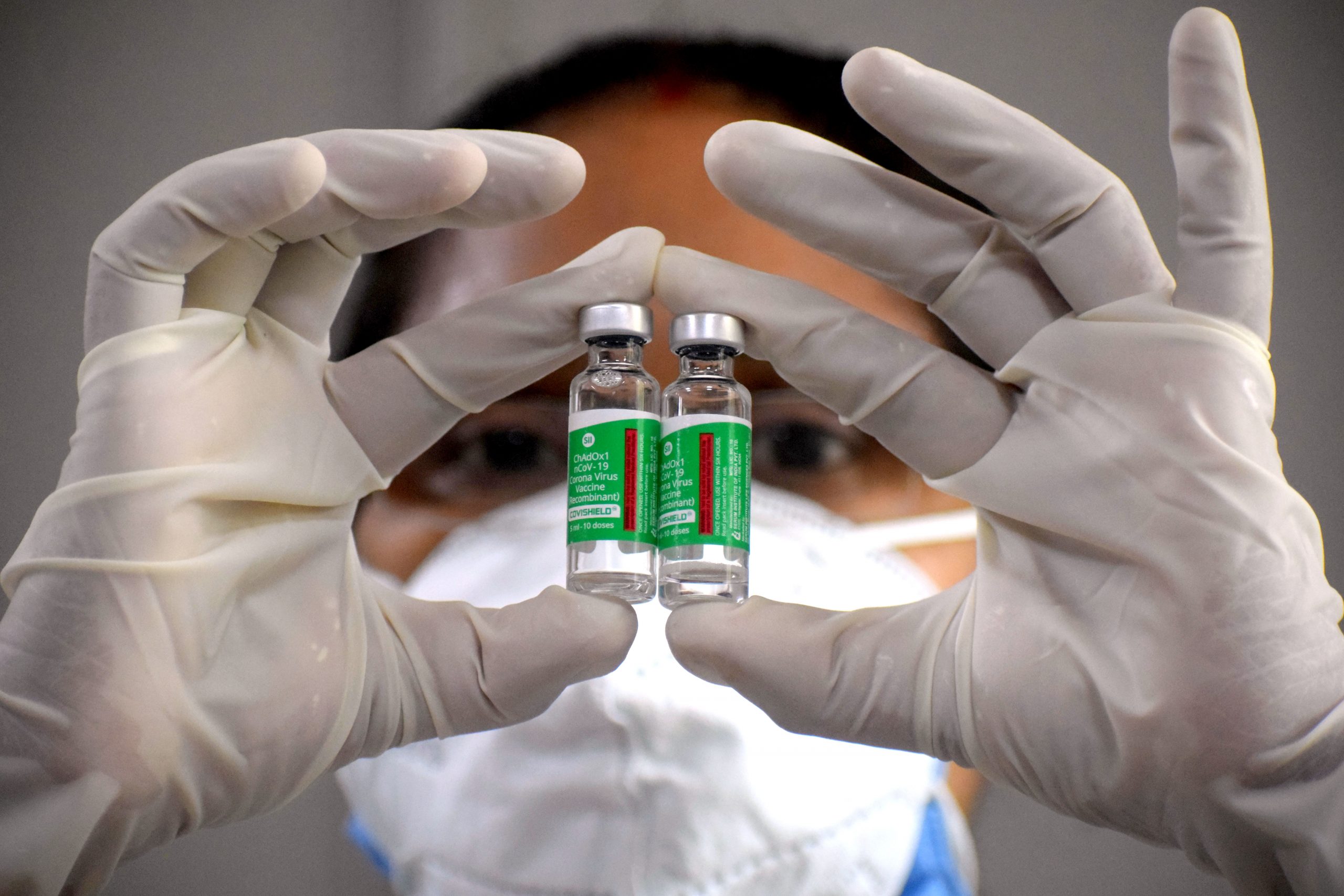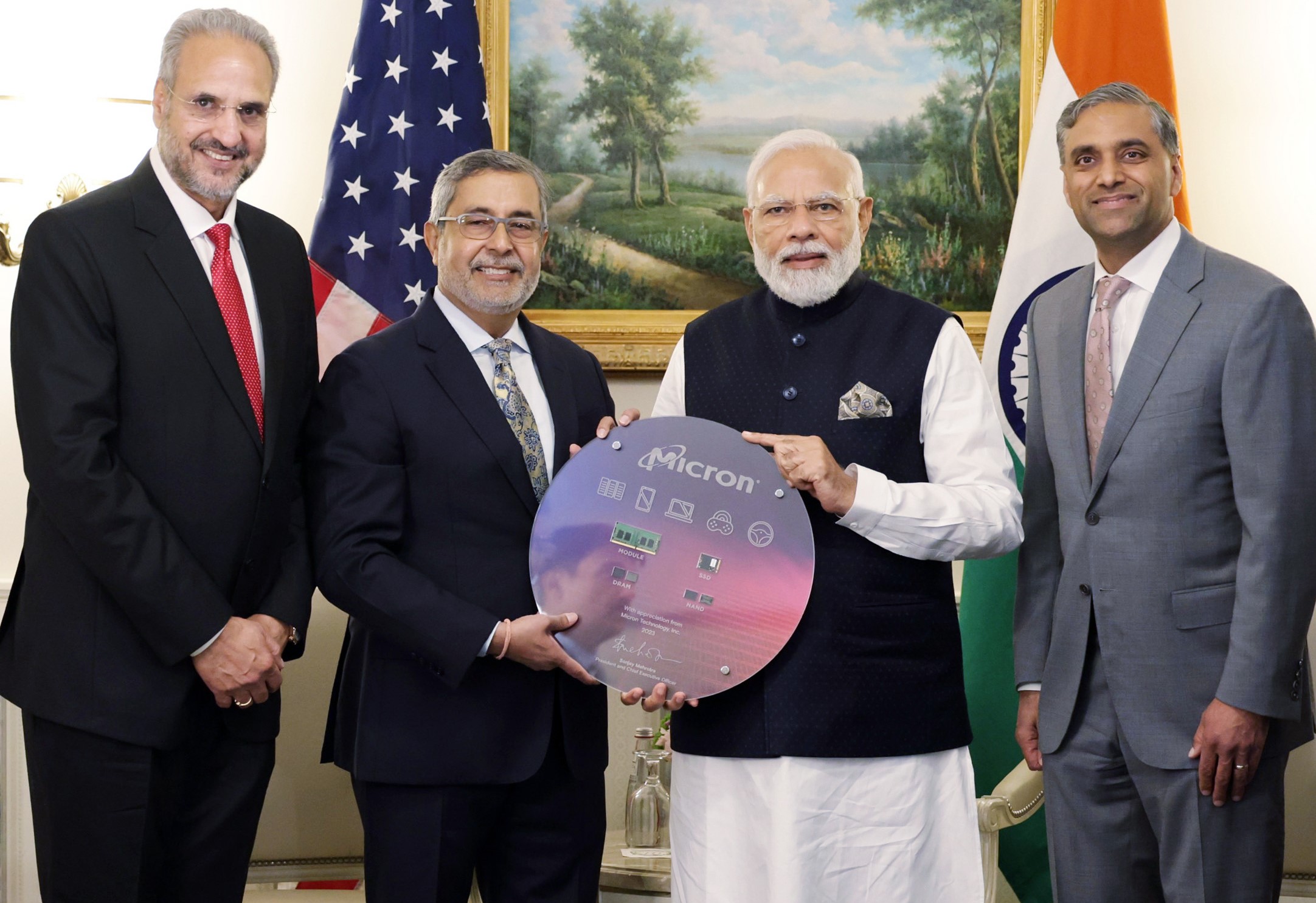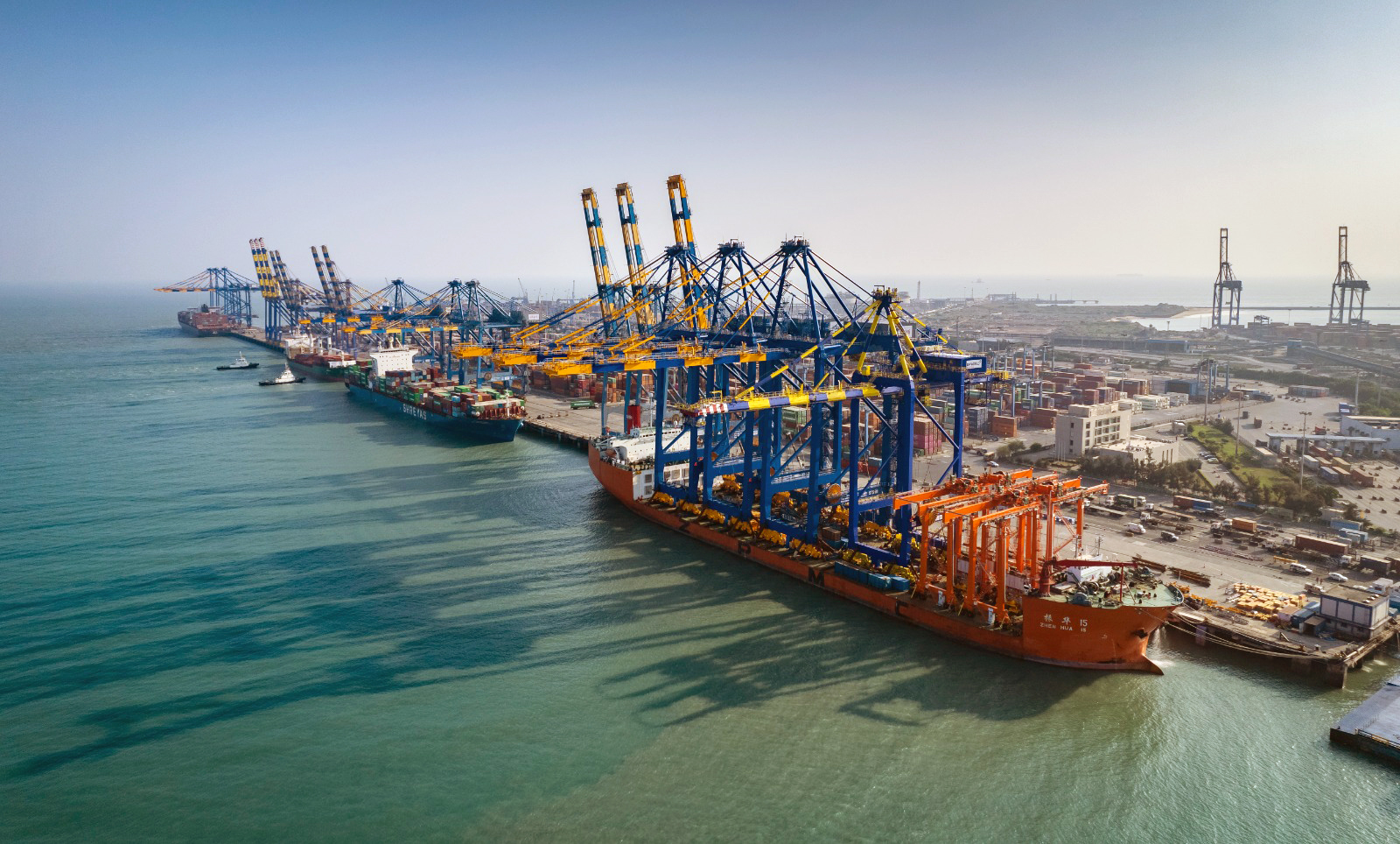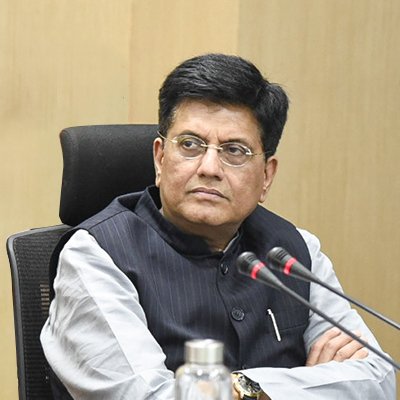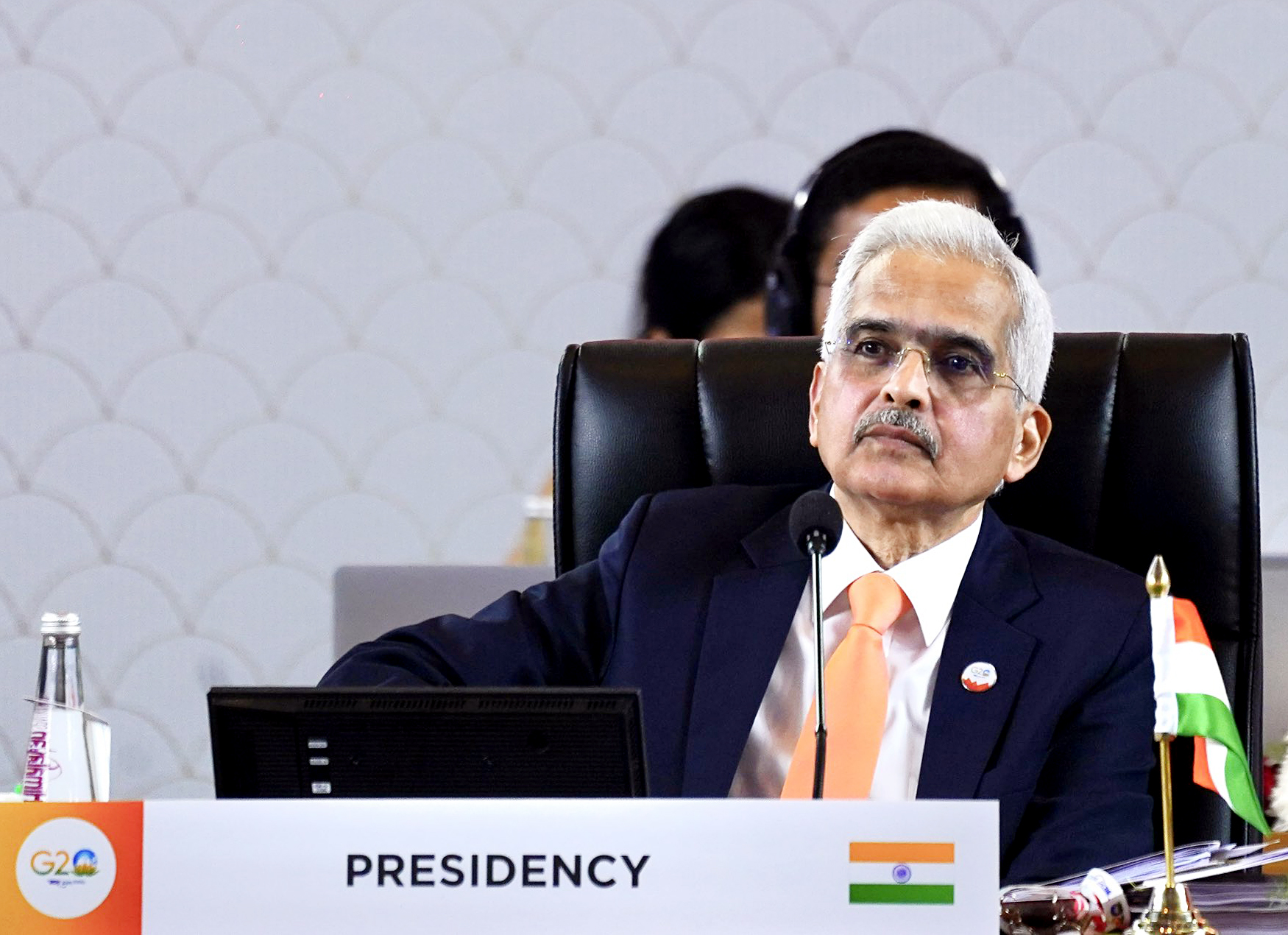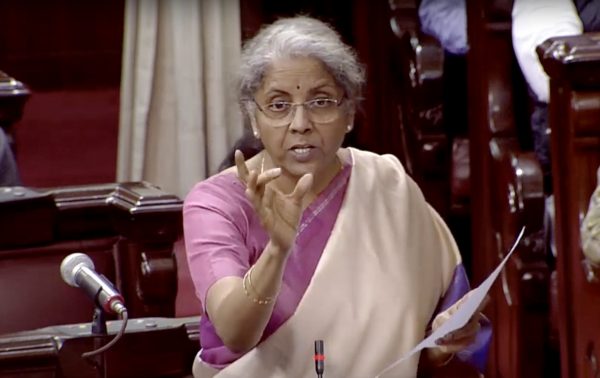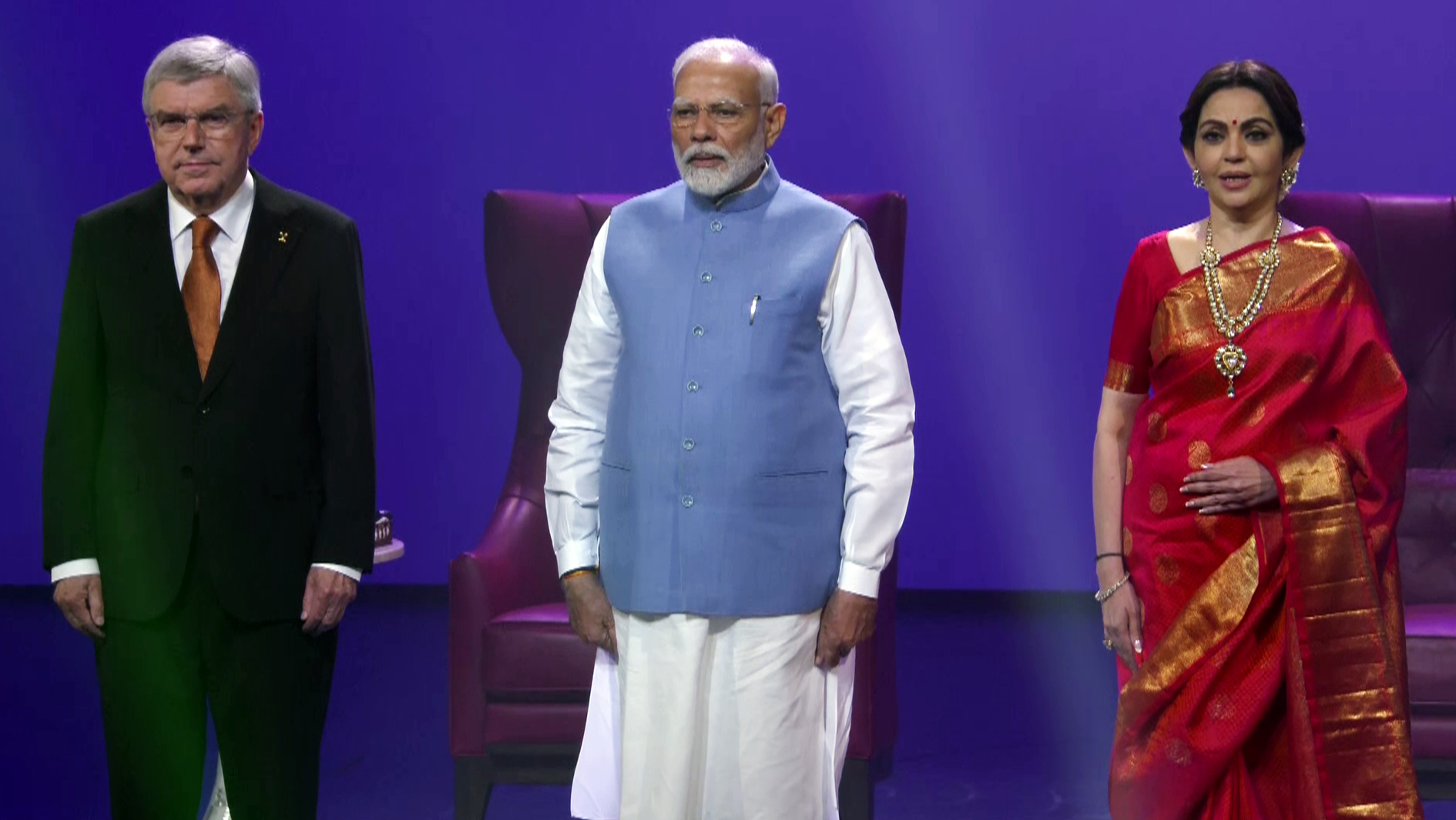Lockdowns of varying severity are leading to reduced mobility and unemployment
Our Bureau
New Delhi
India’s economy, which was showing signs of recovery in early 2021 after the first Covid-19 surge, has now been hit by the second wave of the pandemic. Multiple states are enforcing lockdowns of varying severity, leading to reduced mobility and unemployment.
The second wave of the pandemic in India is more of a humanitarian crisis rather than an economic one, and is likely to have peaked, a Japanese brokerage said on Thursday. Nomura said it expects the overall hit to sequential growth in April-June to be much less severe than last year when there was a complete nationwide lockdown, and less than what the drop in mobility suggests. It estimated the economy to contract by only 3.8 per cent in June quarter as compared with March quarter.
Lockdowns are more nuanced this time and consumers and businesses have adapted, it said, adding that international experience also suggests the same. Highlighting that the improving global growth will act as a tailwind, the brokerage said it expects the current lockdowns to last six more weeks. The brokerage said vaccinations are trailing at present, but the pace of inoculation will pick up after June as its analysis indicates increased supply.
In the monthly economic report for April, the Reserve Bank of India points out that the economic impact of the second wave of the pandemic was disproportionately felt by individuals eking out a daily livelihood and small businesses, both organized as well as unorganized.
More jobs will be hit and more economic distress will follow, according to economists Amit Basole and Rosa Abraham of the Centre for Sustainable Employment who co-authored the recent report, “State of Working: India 2021”. The report analyses the impact of the first wave on India’s economy and employment sector between March and October 2020. It estimates that the number of Indians reporting less than the national floor-level minimum wage of Rs 375 increased by 230 million in this period. The findings are contrary to the Reserve Bank of India’s assertion that the economic impact of the second wave is not as severe as that of the first.
The crisis is creating a large population of poor who are not used to thinking of themselves as poor, Basole and Abraham told IndiaSpend in an interview. The report, with research inputs from researchers Rahul Lahoti, Surbhi Kesar and Mrinalini Jha, also concluded that women and younger workers were disproportionately affected by the downturn. Informality, poverty and inequality increased, and households coped by reducing their food intake and borrowing.
Meanwhile, observing that the ongoing “catastrophic” second wave of Covid-19 in India is a sign that the worst may be yet to come, the IMF has said that the situation in the country is a warning of the possible events in low- and middle-income nations that have seemingly escaped the pandemic till now.
A report co-authored by International Monetary Fund (IMF) economist Ruchir Agarwal and its chief economist Gita Gopinath on Friday also said that under the business-as-usual scenario, the vaccine coverage in India is expected to remain under 35 per cent of the population by the end of 2021.
“The ongoing catastrophic second wave in India, following a terrible wave in Brazil, is a sign the worst may be yet to come in the developing world,” it said.
While India’s health system held up fairly well in the first wave, this time its health system is so overwhelmed that many people are dying because of a lack of medical supplies like oxygen, hospital beds, and medical care, the report said.
“India is a warning of possible events in other low- and middle-income countries (LMICs) that so far have seemingly escaped the pandemic, including in Africa,” it said.
In its report, the IMF said that an urgent focus should be to eliminate constraints on cross-border exports of critical raw materials and finished vaccines. Free cross-border flow of vaccine inputs and supplies is essential for the world to achieve its vaccination targets without delay.
Governments are taking steps to relax such constraints on raw materials, it said, citing the recent pledge by the US to facilitate greater access of critical raw material to Indian manufacturers after severe shortages emerged.
However, there is scope for greater multilateral action on this front, as significant constraints still remain, it said. The IMF report said India continues to face production bottlenecks, including due to ongoing shortages of critical raw materials, suggesting the need for further relaxation of de facto export restrictions under the US Defense Production Act.
















